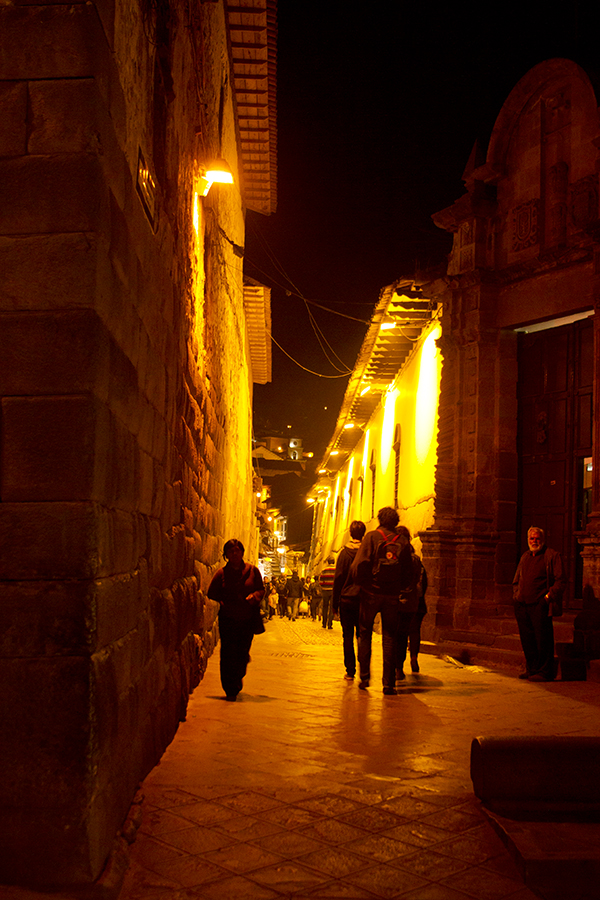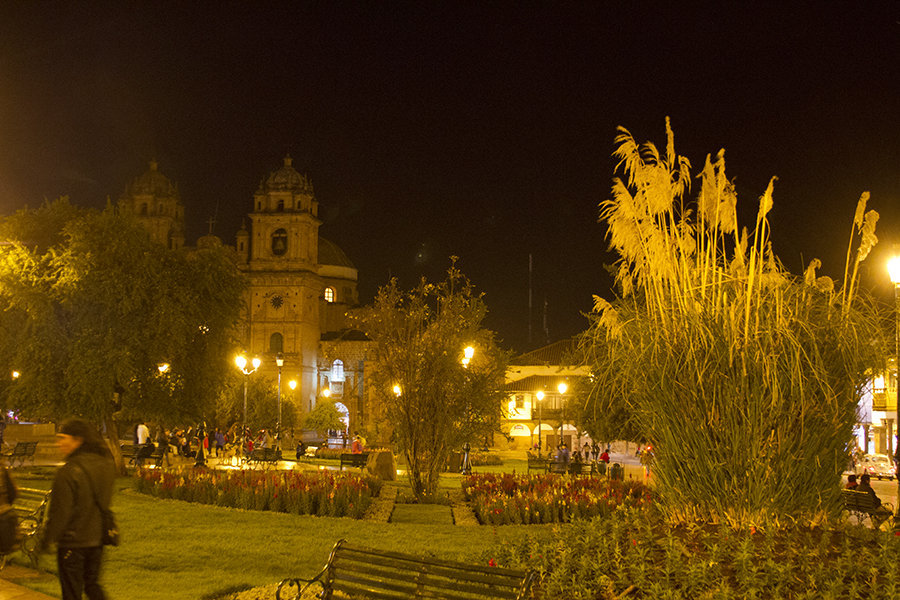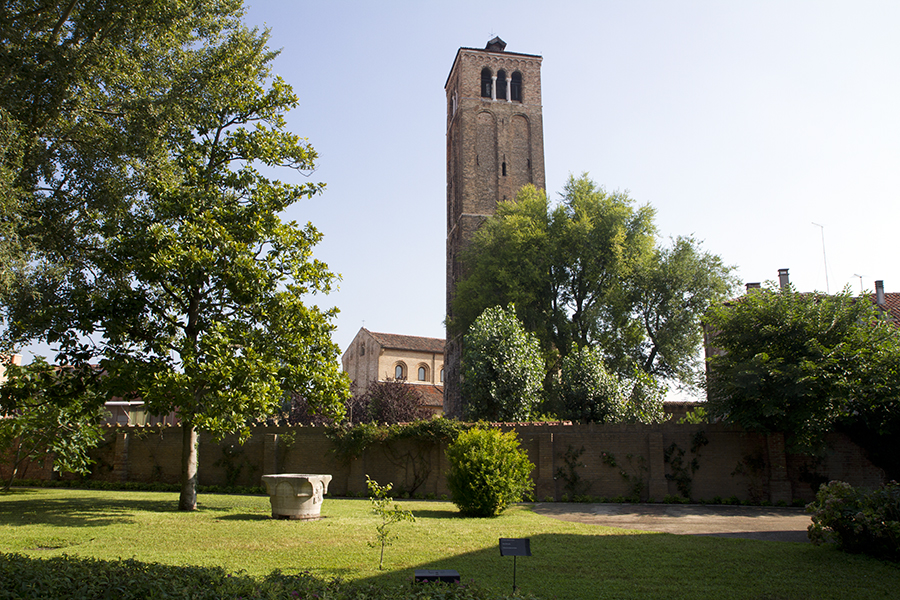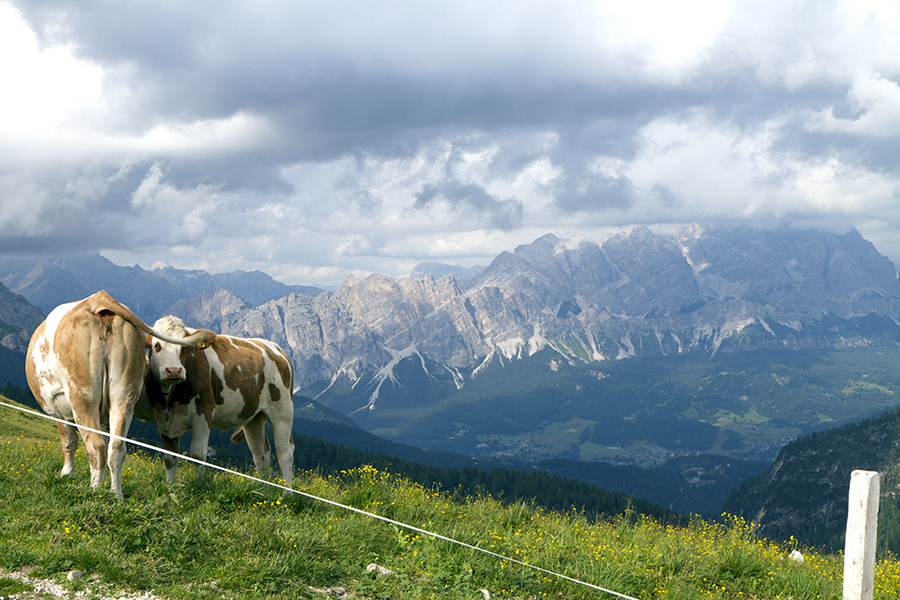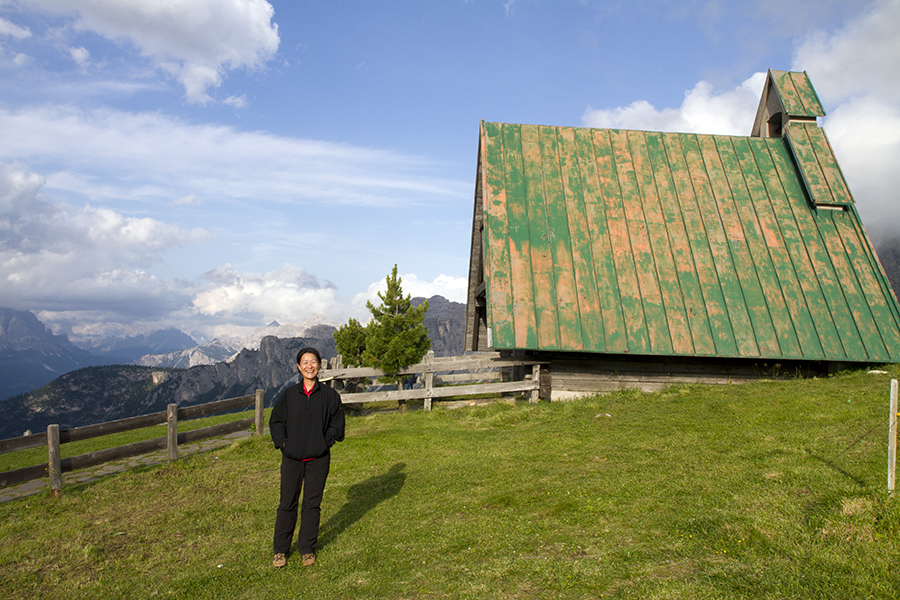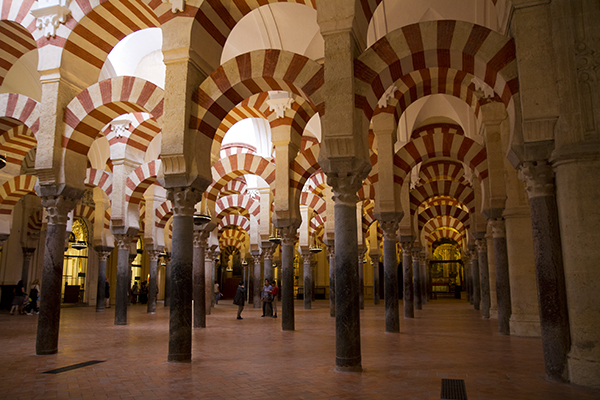Sorry for the long delay in getting this episode out. I think I have a good excuse, actually two or three good ones!
Since I completed Episode 2, I moved, helped my girlfriend to move into our new house and then we got married!
So Sue Me!
Here we go for the next installment of the trip in Peru. All we did earlier, was just preparation for one of the highlights of the trip, the Inca Trail – this is a five day hike (we did one extra day outside the official trail) in the mountains, across two high passes (4200 and 3900 meters). We started from a place called KM77 with just a few houses and a rare bridge across the Rio Vilcanota; the end point of the trail is, of course, the ruins of Machu-Picchu through the Gates of the Sun.
Our first night was in luxurious accommodations. We did not have to carry tents and sleeping bags yet, so there were sturdy tents with a cover to keep the sun out. This is a permanent campground managed by Wilderness Travel. We had showers, a dining room with real chairs and toilets. All luxuries that we would not have for the next four days.
We arrived at camp early and were able to get organized before sunset. There was one tall mountain just to the North of us called Mount Veronica with very nice glaciers at the top. It was often covered by clouds and our guide told us that she had been on trips where it was not visible at all so we were lucky to get good glimpses of it.
That evening, our crew (more on that later) had a treat for us: a special meal called Pachamanca which is slow-cooked meat and vegetables surrounded by hot rocks. The first step is to get the rocks really hot with a fire.
What the crew did not know is that they were going to get an extra helper. Bee has always been fascinated by fires and so she volunteered to help keep the fire going to heat the rocks. At first, they kept a close eye on her.
We did not get a sunset, as the sky was cloudy and we were surrounded by mountains. But we could see the last rays of the setting sun on some of the mountains near us.
and Mount Veronica got better and better every minute!
Eventually, the crew decided that Bee was not going to immolate herself, or half the country and could be trusted to look after the fire alone. Continue reading “Peru Episode 3: The Inca Trail”
(671 Page Views)







